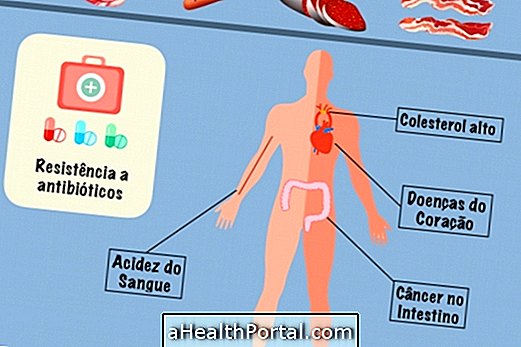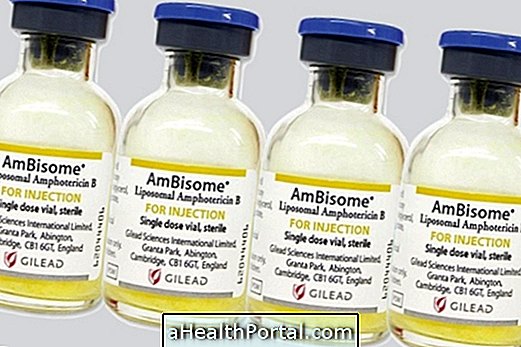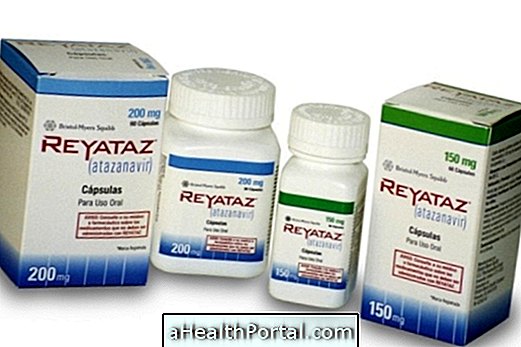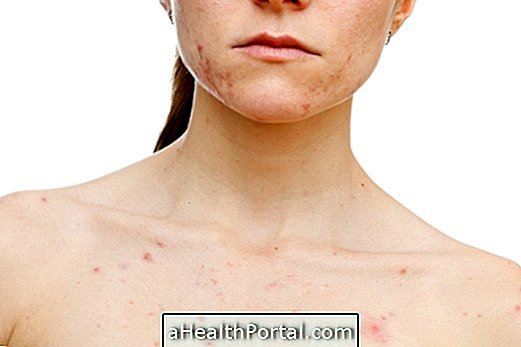In allergy to nickel, a mineral that is part of the composition of the nibbles and accessories, it is necessary to avoid beyond the use of the metal in earrings necklaces and bracelets or watches, also the excessive consumption of foods such as bananas, peanuts and chocolate, in addition to avoiding the use metal kitchen utensils containing with nickel.
Nickel allergy causes symptoms such as itching and redness in the skin, and especially in women in their teenage or early adult life. See other causes of itchy skin.

Nickel-rich foods
Nickel-rich foods that should be avoided, especially in times of disease crisis are:
- Fruits: banana, pear, peach, cherry, dried fruits;
- Legumes: soybeans, peanuts, peas, beans;
- Vegetables: asparagus, parsley, onion, lettuce, mushrooms, cabbage, spinach, tomato;
- Dairy products: whey, cheeses and margarine;
- Fish: herring, tuna, sardines and mackerel;
- Crustaceans: lobster, shrimp, crab, oysters and mussels;
- Sauces : ketchup, vinegar and soy;
- Beverages : coffee, tea, cocoa, wine, beer and fruit juices, especially sour fruits;
- Others : baking powder, canned foods, canned vegetables.
These foods should be avoided or consumed with caution, avoiding their excess and observing the appearance of the symptoms of the disease. It usually takes about 6 weeks without these foods in the diet for allergy symptoms to go away.
Nickel-rich objects

In addition to food, some objects are also rich in nickel and can cause skin irritation and itching, such as earrings, necklaces, rings, buttons and metal clasps on trousers and sweaters, glasses, watch bracelets and kitchen utensils.
In general, the allergy caused by objects is lighter than that generated by the consumption of foods rich in nickel, but it is necessary to observe the appearance of symptoms in the skin and, if necessary, to suspend the use of these objects.
Symptoms of Nickel Allergy

In general, nickel allergy causes symptoms such as irritation of the skin, itching, and wounds, especially in the eyelids, neck, folds of the arms and fingers, palms of the hands, groin, inner thighs, folds of the knees and on the soles of the feet.
To confirm if nickel allergy is even, a prescribed allergy test must be performed and accompanied by an allergist or dermatologist who may also test other substances and foods to see if there are more causes for dermatitis. See how the allergy test is done.


























